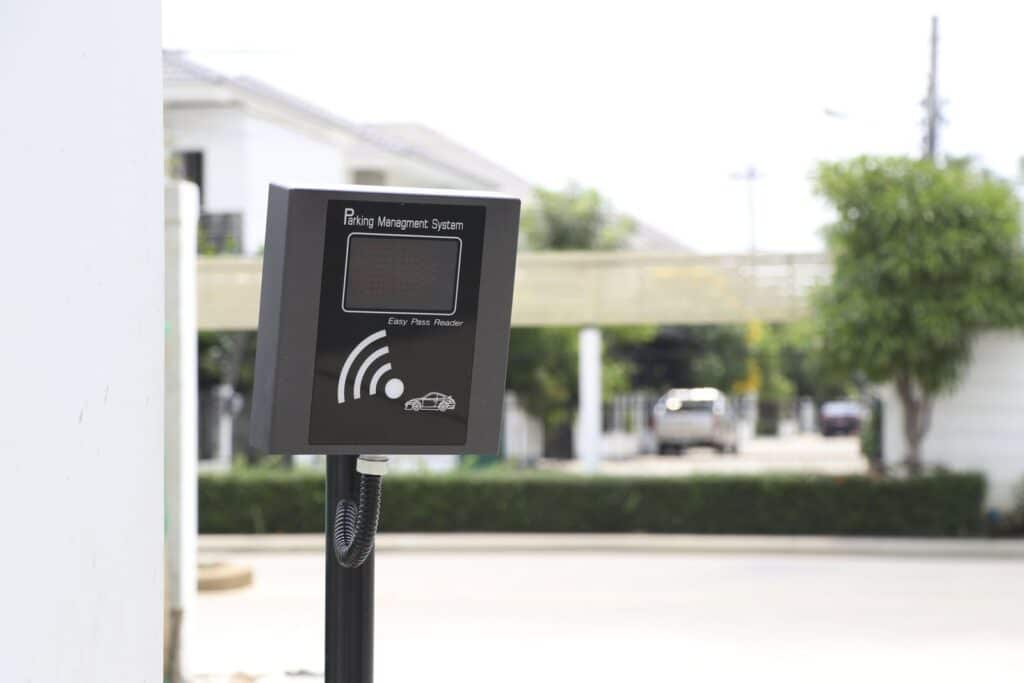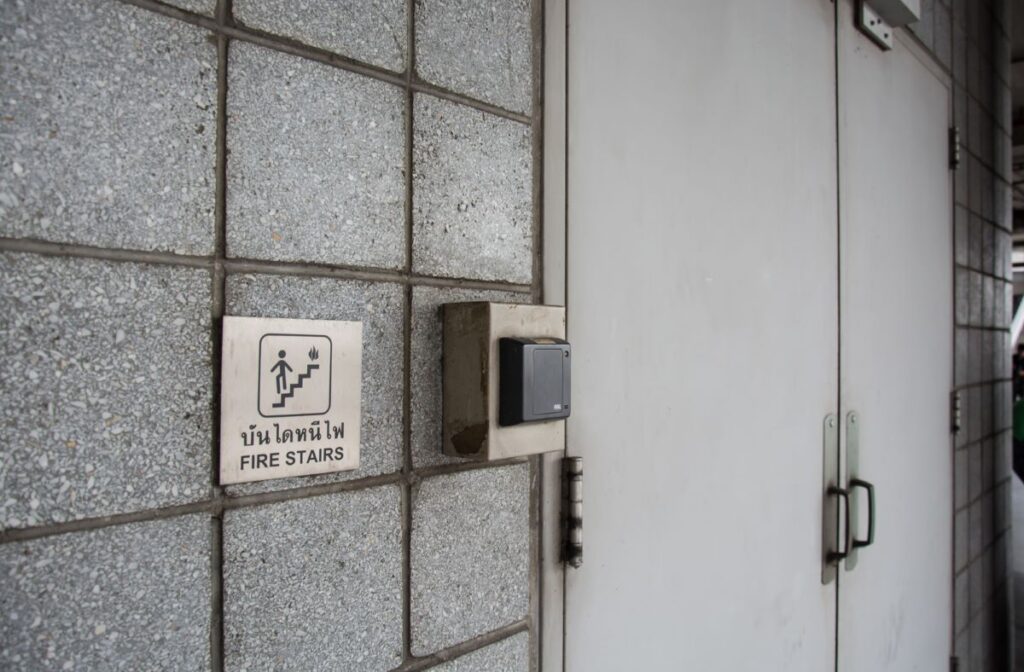Australia is experiencing exciting growth, with new businesses and research facilities popping up everywhere. While this growth is positive, it also presents new security challenges. More people require access to buildings and sensitive areas, and traditional methods like keys are no longer sufficient. This has led to a surge in demand for robust access control systems.
Why Access Control is Becoming More Important
Traditional key-based systems have limitations. Keys can be easily lost, copied, or stolen, compromising security. Access control systems offer a more secure solution by granting access based on individual authorisation through methods like key fobs, PIN codes, or even biometrics. This minimises the risk of unauthorised entry and protects your property, data, and employees.
Should You Implement Access Control?
Access control is a worthwhile investment if you value the security of your assets, data, or employees. Here are some factors to consider:
- Sensitivity of Information: Do you handle confidential data or valuables at your business?
- Number of People: Managing access for a large number of employees or visitors to your business can be challenging with keys.
- Compliance Needs: Is your industry subject to specific data security regulations?
Access control systems offer a wide array of benefits that enhance security, streamline operations, and ensure compliance. Here are some key advantages:
- Enhanced Security: Access control systems help prevent unauthorised access, deter break-ins, and protect sensitive information by controlling who can enter specific areas.
- Improved Accountability: Access logs track user activity, allowing you to identify who accessed specific areas and when. This information is invaluable for investigations and audits, enhancing accountability.
- Convenience and Manageability: Electronically granting or revoking access is far more convenient than managing physical keys. It eliminates the need for key management and reduces the risk of lost or stolen keys.
- Scalability: Access control systems can easily grow with your business. Adding new users and access points is straightforward, making it easy to adapt to changing security needs.
- Compliance: Many industries have specific regulations or insurance requirements for data security. Access control systems help you meet these requirements by providing a robust security framework and detailed audit trails.
By leveraging these benefits, these types of systems provide a comprehensive security solution that protects assets, streamlines operations, and ensures compliance with regulatory standards.

Advantages and Considerations of Access Control Systems
Advantages:
- Increased Security: Access control systems provide a higher level of security by allowing only authorised individuals to access specific areas or information.
- Improved Accountability: With access control systems, you can track who enters and exits a facility or specific areas, providing accountability for security breaches or incidents.
- Convenience and Manageability: These systems offer the convenience of managing access electronically, eliminating the need for physical keys and allowing for easy addition or removal of access rights.
- Scalability: Access control systems can be easily scaled to accommodate changes in an organisation’s size or structure, making them suitable for businesses of all sizes.
- Integration with Other Systems: These types of systems can integrate with other security systems, such as CCTV cameras and alarm systems, providing a comprehensive security solution.
Disadvantages:
- Initial Installation Cost: The initial cost of installing an access control system can be significant, depending on its size and complexity.
- Ongoing Maintenance: Access control systems require regular maintenance to ensure they function correctly, which can incur additional costs over time.
While these types of systems offer numerous advantages, including increased security and improved accountability, the initial installation cost and ongoing maintenance requirements must be considered when implementing them.

The Four Pillars of Access Control
Access control systems are essential components of modern security infrastructure, providing a layered approach to safeguarding sensitive areas. The four pillars of access control form the foundation of these systems, ensuring only authorised individuals can access specific resources or areas. Let’s look deeper into each pillar:
Identification
This initial step involves the user presenting an identifier, such as a key fob, PIN code, or biometric data (like fingerprints or facial recognition). The system uses this information to identify the user and verify their identity.
Authentication
Once the user’s identity is established, the system must authenticate their authorisation to access the requested area. This involves verifying that the user’s credentials match the access permissions assigned to them.
Authorisation
Based on the authentication process, the system then grants or denies access to the user. Access control systems use predefined rules and permissions to determine whether the user is allowed entry.
Auditing
This pillar involves tracking and recording user activity within the system. By maintaining a log of access attempts and actions taken, the system provides a valuable audit trail for security purposes.
Together, these four pillars form a comprehensive access control framework that ensures only authorised individuals can access protected areas or resources. This approach enhances security by minimising the risk of unauthorised access and providing valuable insights into user activity.
By implementing a well-designed access control system, you can significantly enhance the future security of your property and information across Australia. If you have any questions or need help choosing the right system for your needs, consider consulting with an access control security professional in Australia. They can help you design a system that meets your specific requirements and budget.



